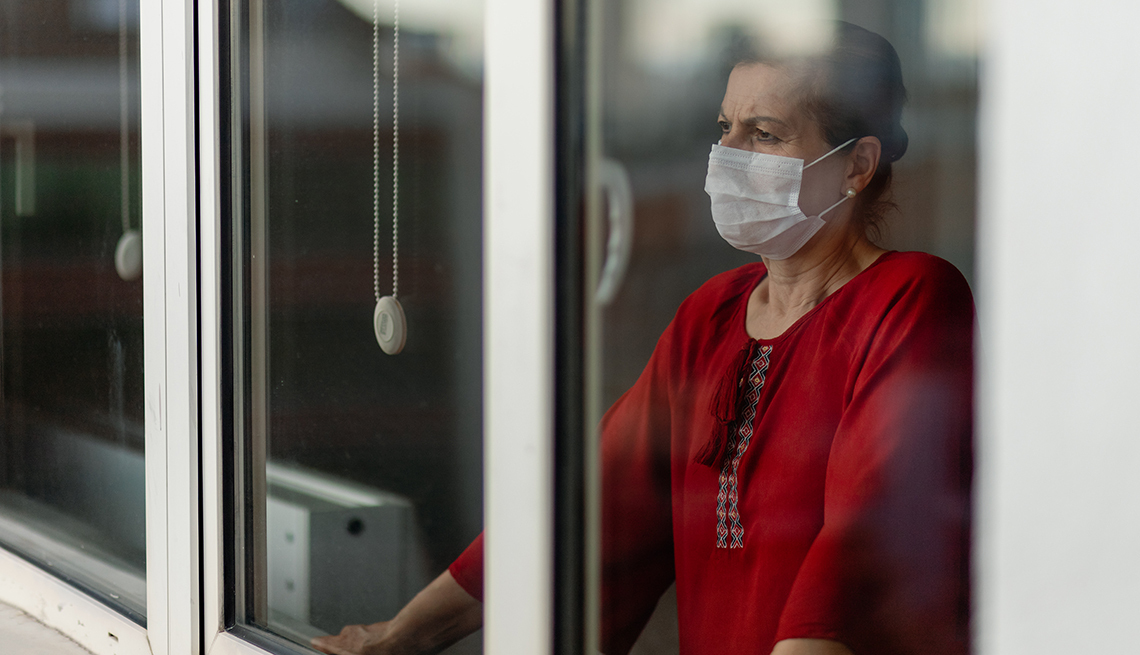
How long should your coronavirus quarantine last?
- Select a language for the TTS:
- UK English Female
- UK English Male
- US English Female
- US English Male
- Australian Female
- Australian Male
- Language selected: (auto detect) - EN
Play all audios:

Americans who may have been exposed to the coronavirus now have a few different quarantine options that can help prevent the spread of COVID-19 in the absence of symptoms or before their
onset. The Centers for Disease Control and Prevention (CDC) has long recommended that people who come into close contact with someone who has COVID-19 stay home and away from others for 14
days. This still remains the gold standard; however, on Dec. 2, the CDC introduced two shorter alternatives to its quarantine guidelines. Health officials now say a 10-day quarantine period
is sufficient if the person in quarantine experiences no symptoms of COVID-19 during that time. What’s more, quarantine can end after seven days if the person tests negative for COVID-19
and has no symptoms. “Reducing the length of quarantine may make it easier for people to take this critical public health action by reducing the economic hardship associated with a longer
period, especially if they cannot work during that time,” CDC COVID-19 incident manager Henry Walke said in a news conference. “In addition, a shorter quarantine period can lessen stress on
the public health system and communities, especially when new infections are rapidly rising.” The U.S. is experiencing a record-breaking surge in coronavirus cases, hospitalizations and
deaths. More than 100,000 Americans were in the hospital with COVID-19 on the day the CDC announced its change in quarantine guidelines — that’s nearly double the number from the peak in the
spring. So far, about 14 million people in the U.S. have been infected with the coronavirus and more than 273,000 have died from it. The updated quarantine recommendations were based on
“extensive modeling” and new research, CDC officials stressed. John Brooks, chief medical officer for the CDC’s COVID-19 response, acknowledged that there is a small risk “that a person who
is leaving quarantine early can transmit [the virus] to someone else if they become infectious.” That risk, however, was weighed against a reduced burden on the public and public health
system. “In a situation where cases are rising, that means that the number of contacts are rising and the number of people who require quarantine is rising. That’s a lot of burden not just
on the people who have to quarantine, but on public health” authorities who have to monitor them, Brooks explained. “We believe that if we can reduce the burden a little bit, accepting it
comes at a small cost, we may get a greater compliance overall,” which translates to fewer infections. After ending an early quarantine, people still need to look out for COVID-19 symptoms
for a full 14 days after exposure to the virus.
